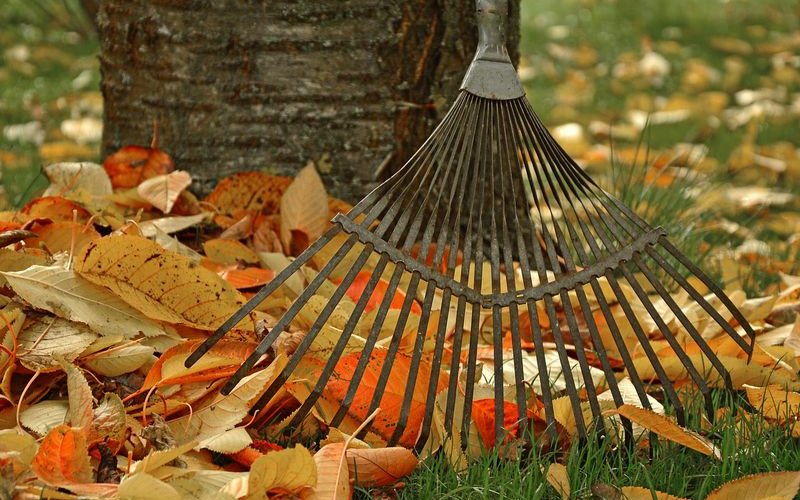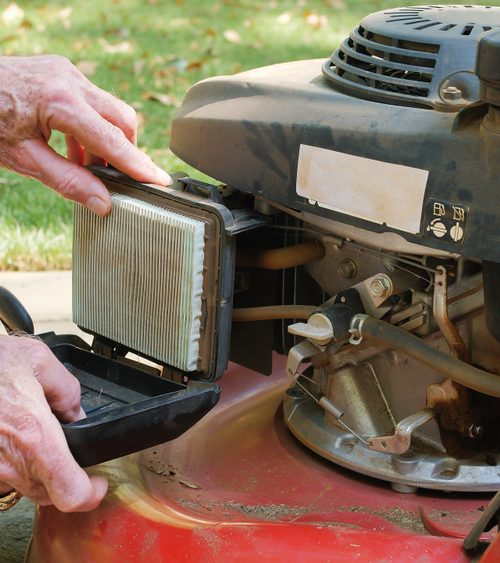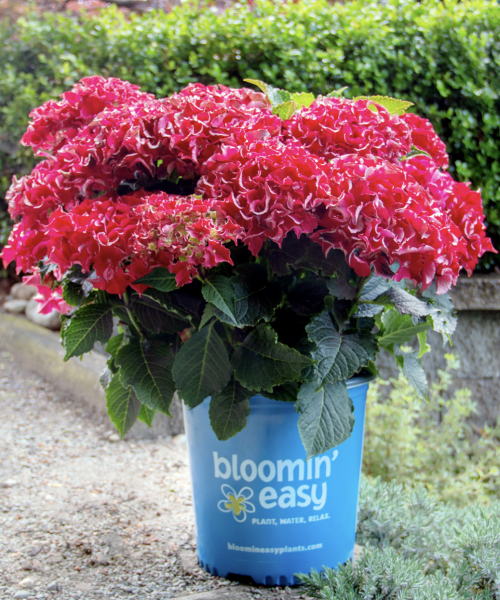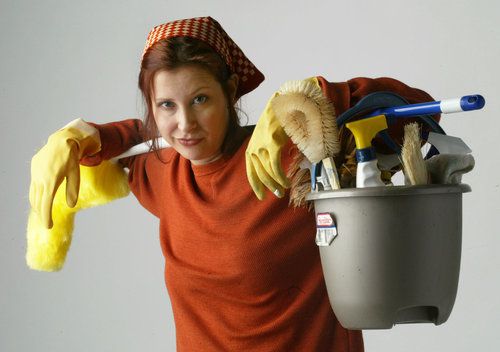By Nancy Clanton, The Atlanta Journal-Constitution
Troy Warren for CNT #HomeGarden
National Wildlife Foundation says a layer of leaves is good for the environment and critters
The temperatures will drop and the leaves will fall. They always do.
Before you pull out the rake, however, consider this: Just leave the leaves where they fall.
According to the National Wildlife Foundation, fallen leaves create their own mini-ecosystem.
“Many wildlife species live in the leaf layer as their primary habitat — including salamanders, chipmunks, wood frogs, box turtles, toads, shrews, earthworms, millipedes and many insects species,” David Mizejewski wrote on the foundation’s blog.
Some creatures use fallen leaves to survive the winter. Luna moths, great spangled fritillaries and woolly bear caterpillars (which become Isabella tiger moths) spend the colder months in leaf layers — some as eggs, some as pupae and some as adults.
“If you rake up and throw away all of your leaves this fall, you’ll be getting rid of these beautiful and beneficial insects, many of which are pollinators,” Mizejewski wrote.
These insects are also a food source for birds feeding their young in the spring.
Beyond helping those creatures, you can help the environment and yourself by not bagging up the leaves and sending them to a landfill.

Yard wastes, including leaves and grass clippings, account for nearly a fifth (more than 31 million tons) of all garbage generated in the United States each year, making it the second largest component of the municipal solid waste stream, according to the Environmental Protection Agency.
Because leaves and grass are relatively clean and biodegradable, EPA states, there is no reason for them to be in a landfill.
Instead, use the leaves instead of buying mulch. Using leaves will “help to enrich your soil, lock in moisture and protect your plants,” according to hortmag.com. It’s important to shred the leaves, however. You can do this with a mulching mower, shredder or leaf blower on the vacuum setting. Experts say a thin layer of unshredded leaves is fine, but if it gets too thick it will prevent air and water from reaching the soil.
Yard refuse, such as leaves, grass clippings, straw, and non-woody plant trimmings can be decomposed, the University of Georgia Extension states on it website. The dominant organic waste in most backyard compost piles, it says, is leaves.
Leaving the leaves will save wildlife, the environment and, possibly, your back, which are three good reasons to limit your raking this autumn.
In Other NEWS



































